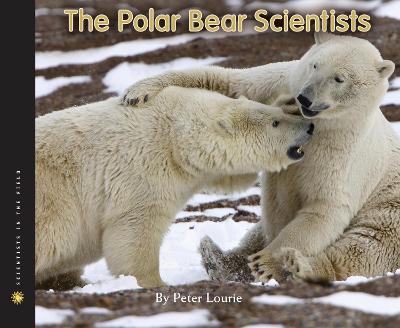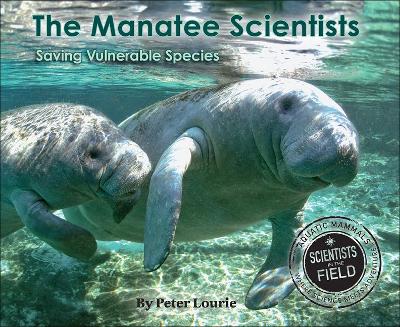Scientists in the Field (Paperback)
3 total works
"In the world there are probably fewer than 30 people who spend all or most of their effort working with polar bears. A veteran polar bear biologist, and the man in charge of Alaskan polar bear research for the past thirty years, Dr. Steven Amstrup has worked full time on polar bears since he joined the Polar Bear Project in 1980. The Polar Bear Project conducts ongoing research on polar bear populations and habitats in the Southern Beaufort Sea in Barrow, Alaska. Now under the leadership of George Durner, the Project has collected four decades of detailed, valuable data about how polar bears are responding to sea ice changes in the Arctic. This information has helped raised awareness about polar bears and their plight, and the same data may one day help scientists make new decisions for polar bear survival. Amstrup and Durner now spend most of their time 725 miles south of Barrow, Alaska at the University of Alaska, Anchorage campus, conducting research and drawing conclusions based on the discoveries that their team makes. Those scientists include polar bear biologists Kristin Simac and Mike Lockhart, based at times out of the abandoned Navy Arctic Research Laboratory in Barrow. Every spring scientists like Kristin and Mike go out for six to eight weeks to capture bears on the Southern Beaufort Sea. By capture one means "tranquilize, take samples and measurements, tag, and release" -- The Polar Bear Scientists begins on the first day of capture season and follows Kristin, Mike, and their helicopter mechanic as they fly through the skies over Barrow, looking for polar bears, and finding more water and less ice than they've seen in the past. The process of capturing polar bears is an exciting and challenging one. The polar bears have to be properly tranquilized in a safe area -- so just because the team spots a polar bear, doesn't mean they automatically try to capture it. Tranquilizing a bear too close to water or thin ice might mean the polar bear could stumble in and drown. It's also a challenge to tranq a mom bear and her babies, but when the opportunity presents itself, the team does its best to get the job done. Once they are on the ground with a captured bear, the research begins. All sorts of information and measurements are taken, blood is drawn, tags are affixed. What does it all mean? Are the polar bears getting smaller and moving further to find food every year? Is there more water and less ice than there was before? What can be done?"--
Manatees are docile, large sea mammals who are eaten in some parts of the world, feared in others, and adored in still others. But human encroachment, disease, environmental hazards, and being hunted, among many other issues, are causing their numbers to decline. In Manatee Scientists, readers meet three scientists working very hard in three different parts of the world to save the manatee.


